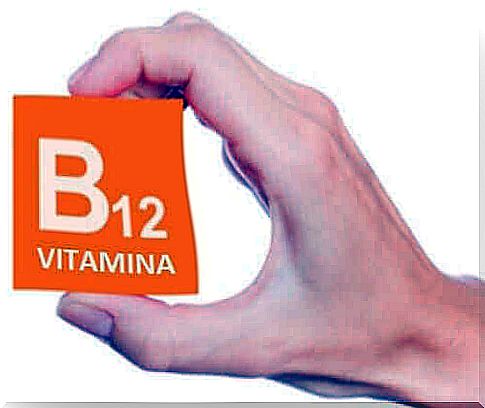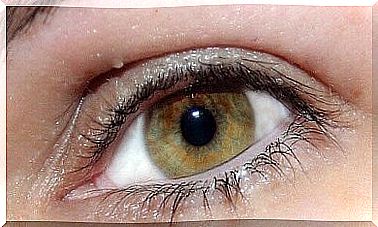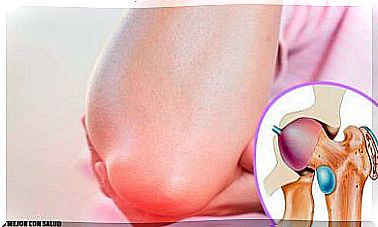What Is Methylmalonic Acid Urination?

Methylmalonic acid urination is a congenital defect in which the metabolism of vitamin B12 is disrupted. The body is unable to break down certain proteins and fats, leading to the accumulation of methylmalonic acid in the blood.
The disease is usually diagnosed during the first year of life. The disease affects 1 / 25,000 of 1 / 48,000 newborns. The symptoms are clear during infancy and vary from person to person.
Causes of methylmalonic acid urination

Vitamin B12-responsive methylmalonic acid urination is due to a defect in adenosylcobalamin synthesis due to mutations in the genes MMAA (4q31.1-2), MMAB (12q24.1), and MMADHC (2q23.2).
The second type of methylmalonic acid urination is due to a complete or partial deficiency in the activity of the enzyme methylmalonyl-CoA mutase. But in this case, the mutations are in the MUT gene (6p21).
All methylmalonic acid urinates are inherited in the autosome.
Symptoms
Symptoms of methylmalonic acid urination may include vomiting, dryness, muscle hypotension, developmental delay, fatigue, and hepatomegaly. Long-term complications may include:
- Eating problems
- Intellectual disabilities
- Chronic kidney disease
- Pancreatitis
If left untreated, the disease can lead to coma or even death. The following symptoms may occur depending on the form of the disease:
Childhood
This is a subtype of methylmalonyl-CoA mutase and the most common form of the disease. It manifests itself in childhood. Children are normal at birth, but they quickly develop lethargy, vomiting, and dehydration.
Follow for obvious symptoms such as liver enlargement, muscle hypotension, and encephalopathy. Blood tests show the following features:
- Ketosis and urinary ketones
- High levels of ammonia in the blood
- Severe metabolic acidosis
- Elevated blood glycine levels
Vitamin B12-responsive methylmalonic acid urination
This type is vitamin B12 responsive and occurs during the first months of life. Sick children may have problems eating, such as anorexia, vomiting, hypotension, and developmental delay.
Sometimes a child may vomit after eating proteins. Children with this type of methylmalonic acid urination are at risk for metabolic decompensation. For this reason, it is very important to diagnose the disease and start treatment as soon as possible.
Your doctor will usually not be able to tell if your child is suffering from this metabolic disorder until the child vomits, suffers from dehydration, lethargy, or falls into a coma for the first time.
Outbreak as an adult
Patients are generally stable, but may be susceptible to acute metabolic decompensation. The cause of this type of methylmalonic acid urination is not yet fully known.
Treatment of methylmalonic acid urination

Treatment should be started immediately after diagnosis. The earlier treatment is started, the better the condition develops.
Currently, diet is the driving force behind methylmalonic acid urination. The goal of dietary therapy is to prevent the accumulation of substrates and metabolites in toxic amounts.
For children, the recommended treatments are:
- L-carnitine. This safe and natural product helps the body produce energy and remove waste products.
- Oral antibiotics. These drugs can help reduce methylmalonic acid in the gut.
- Vitamin B12 injections. This treatment is effective in 90% of CblA-type cases. In addition, it helps 40% of children with the CblB type of the disease.
If the patient gets a metabolic crisis, he or she must go to the hospital. Hospitalization includes intravenous sodium bicarbonate to reduce blood acidity.
Doctors also usually prescribe intravenous glucose to prevent the body from breaking down protein and fat.
Birth control
Doctors recommend a diet low in amino acids and limited in protein. The diet should consist mainly of carbohydrates such as grains, pasta and vegetables.
People with this disease should avoid contact with people with infectious diseases such as the flu or flu to avoid complications.









